TOPOS
2014–
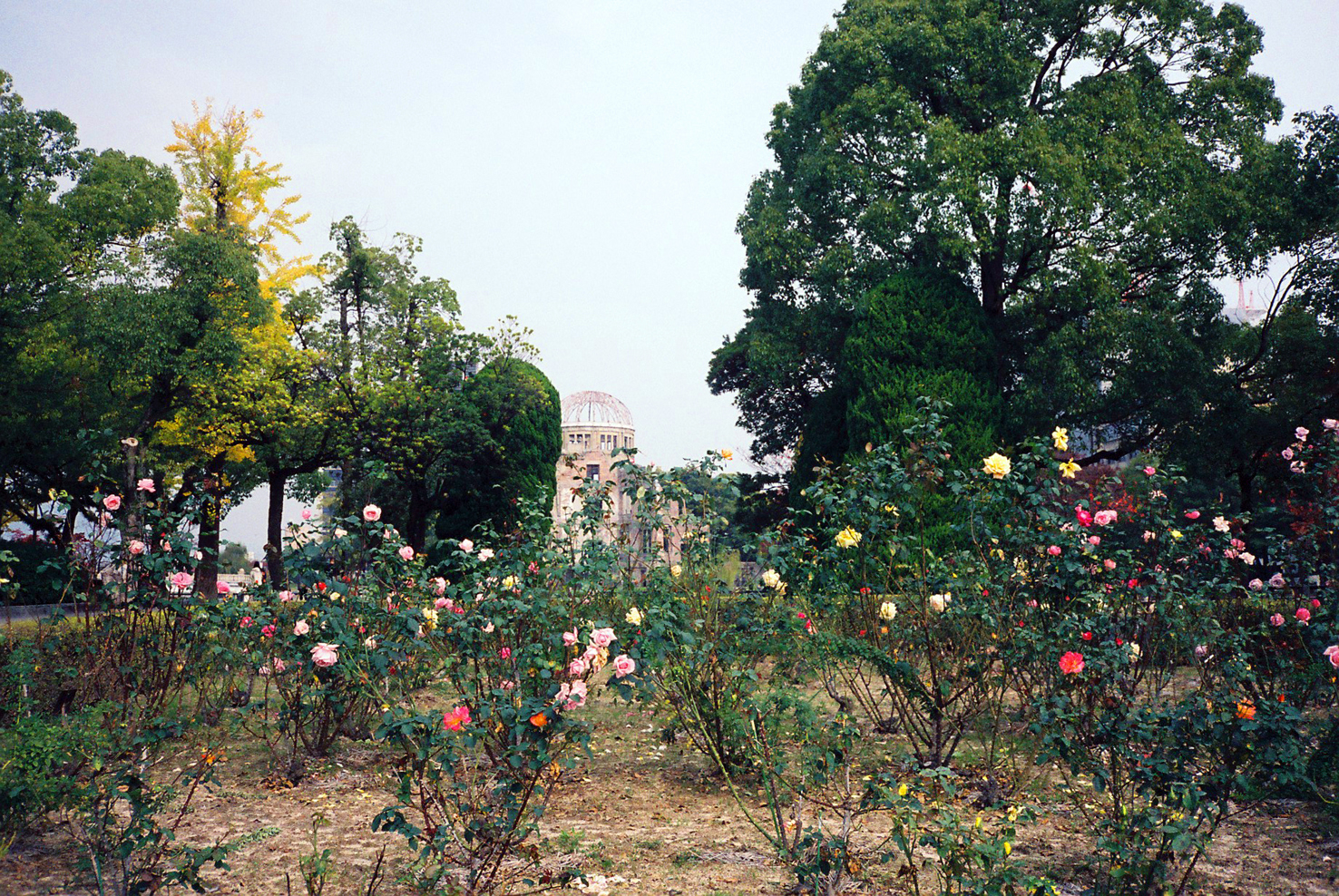
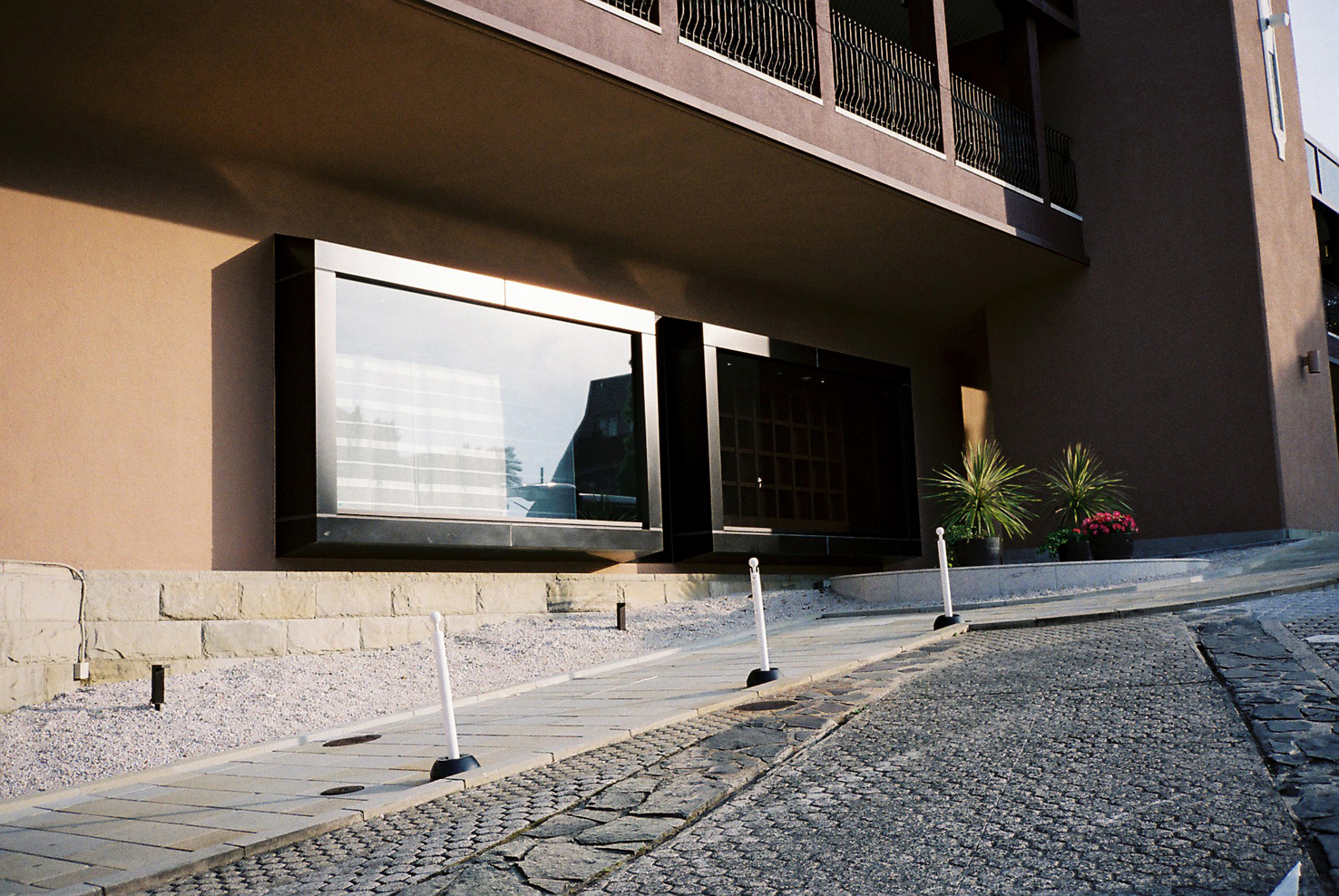
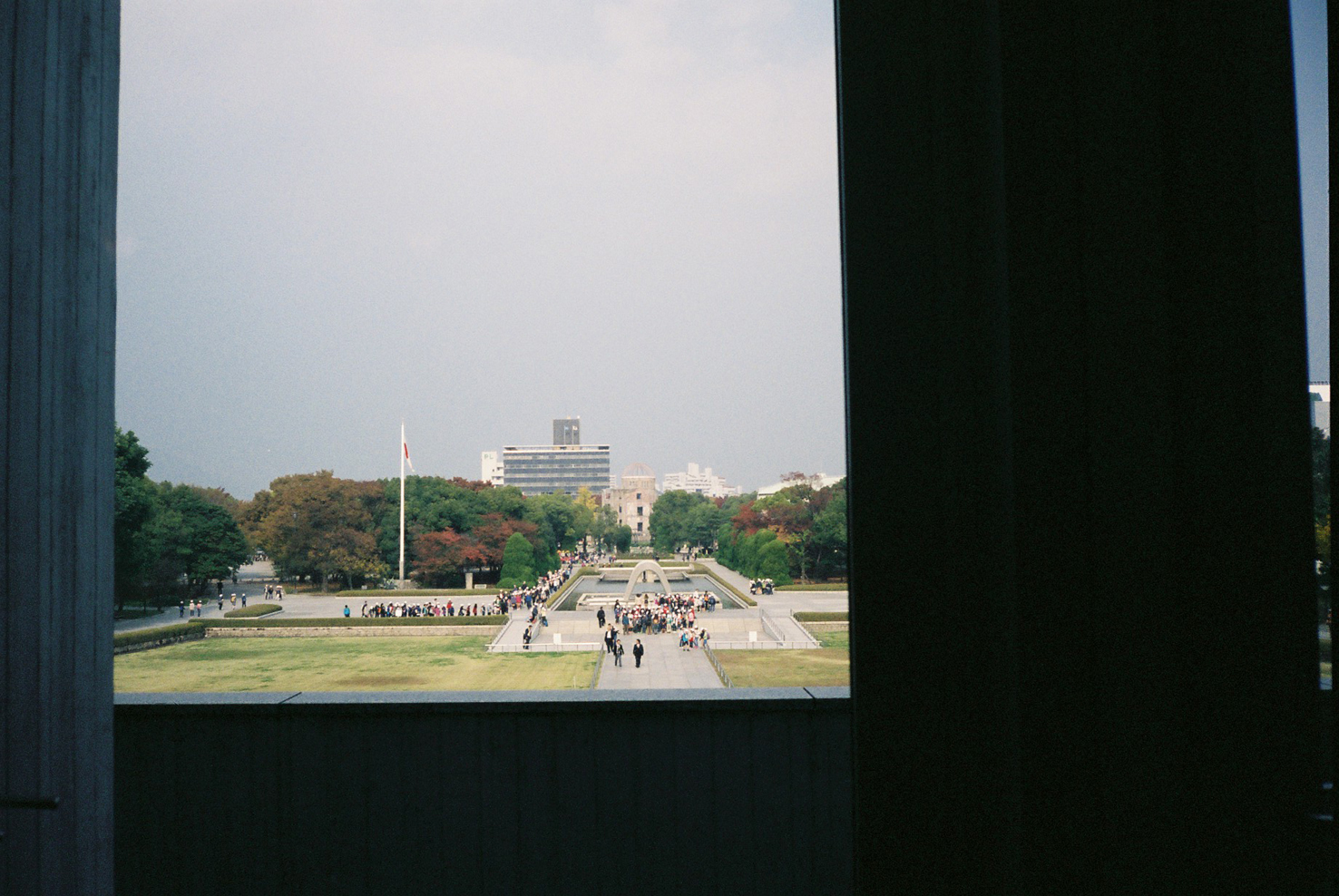
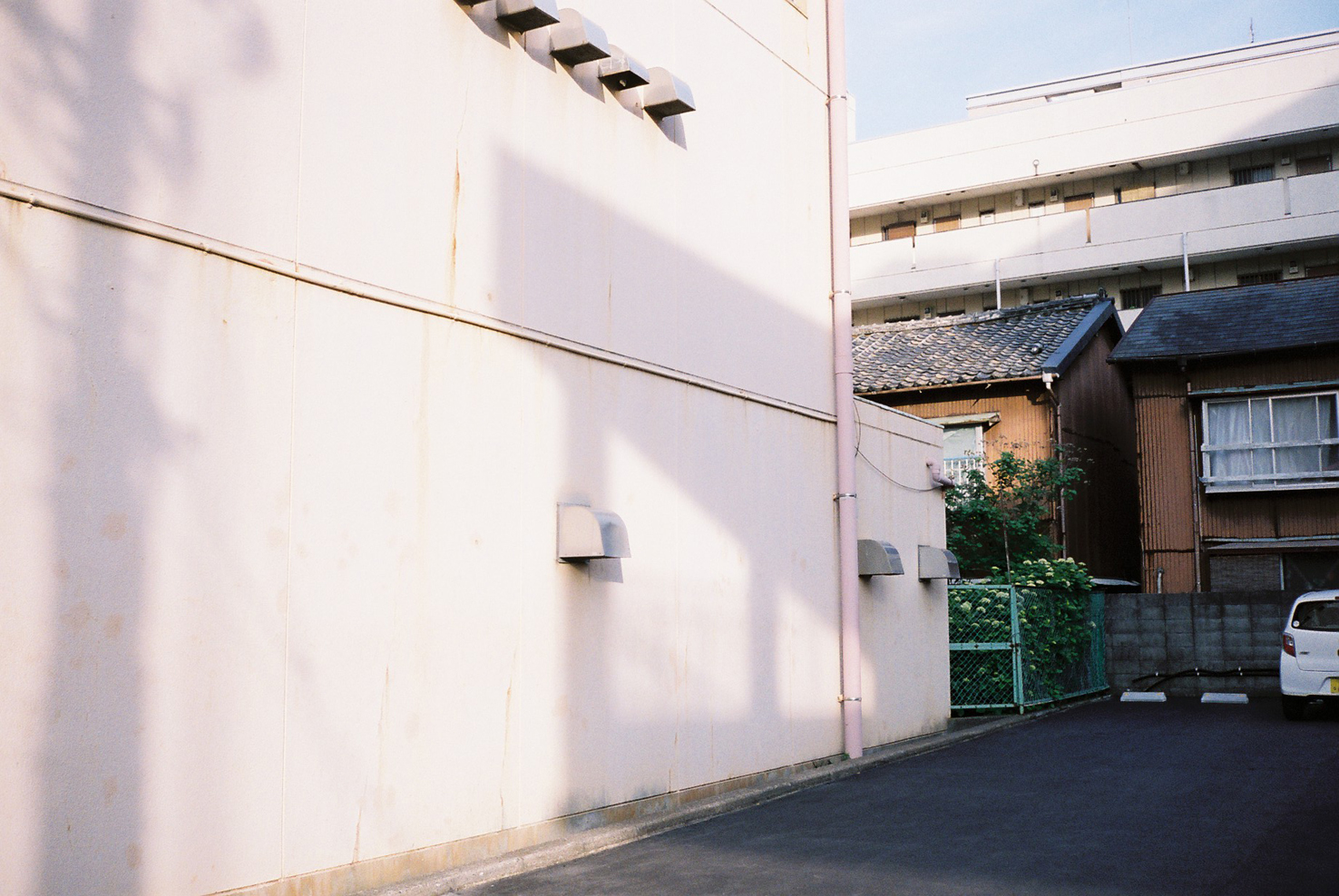
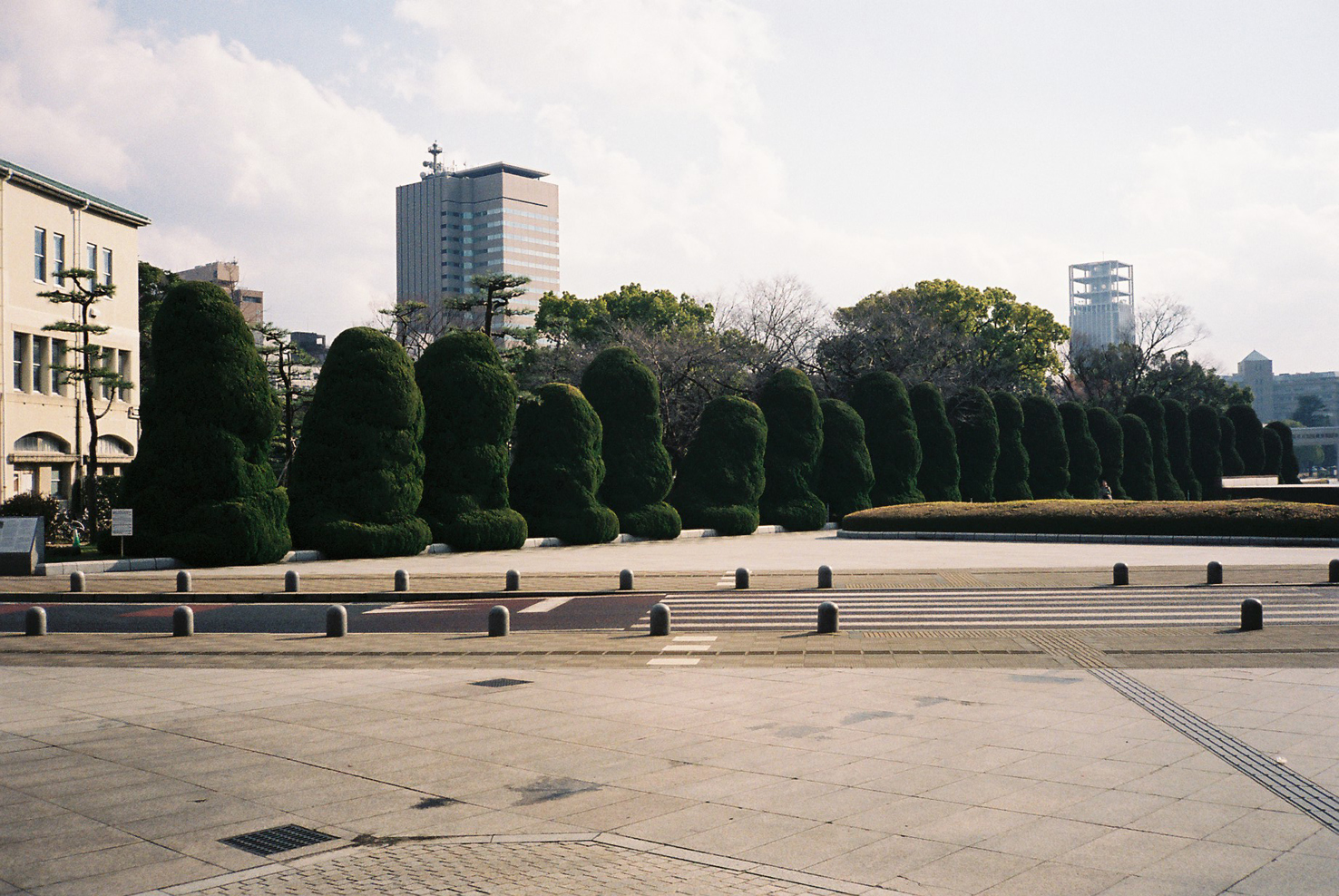
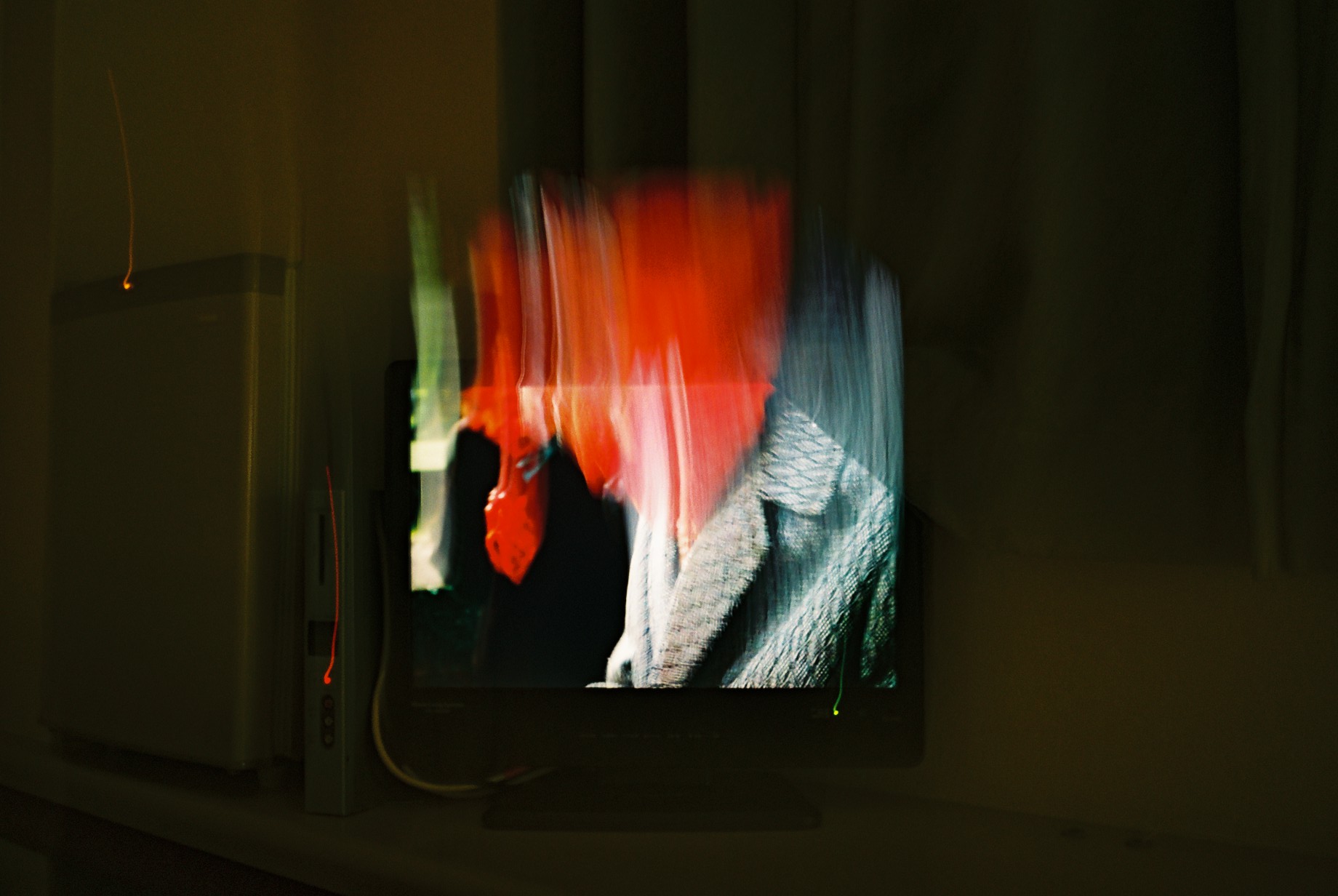
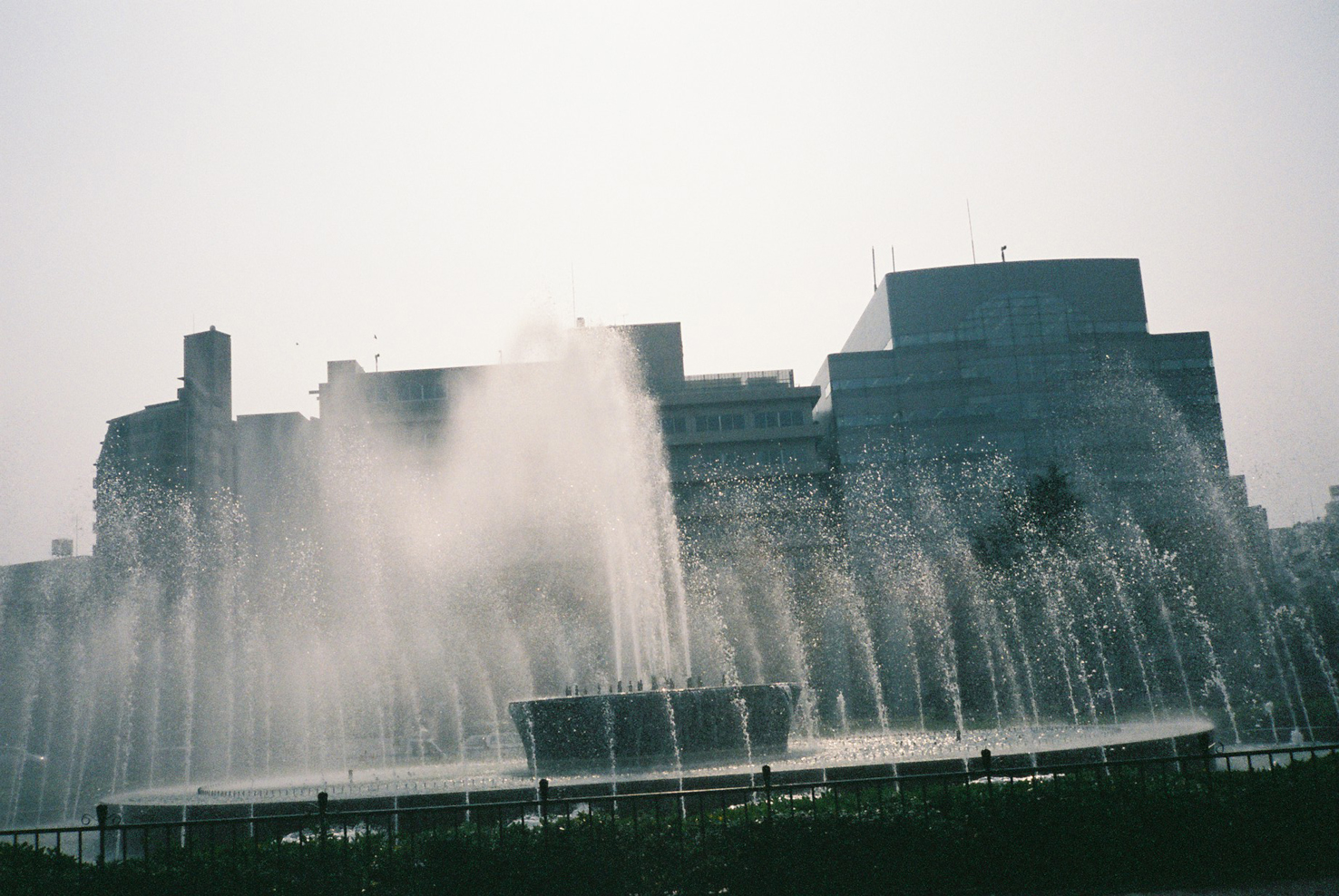
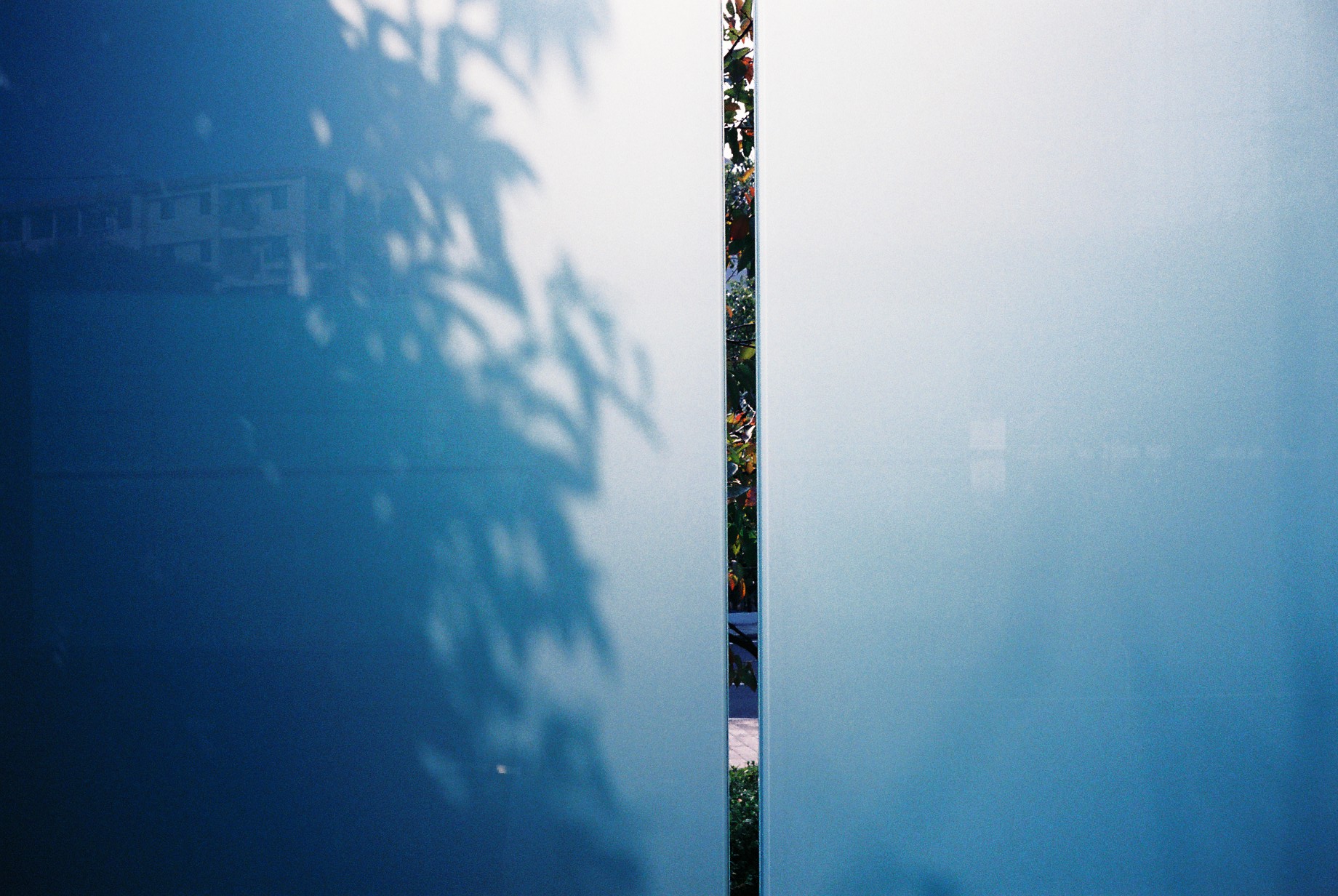
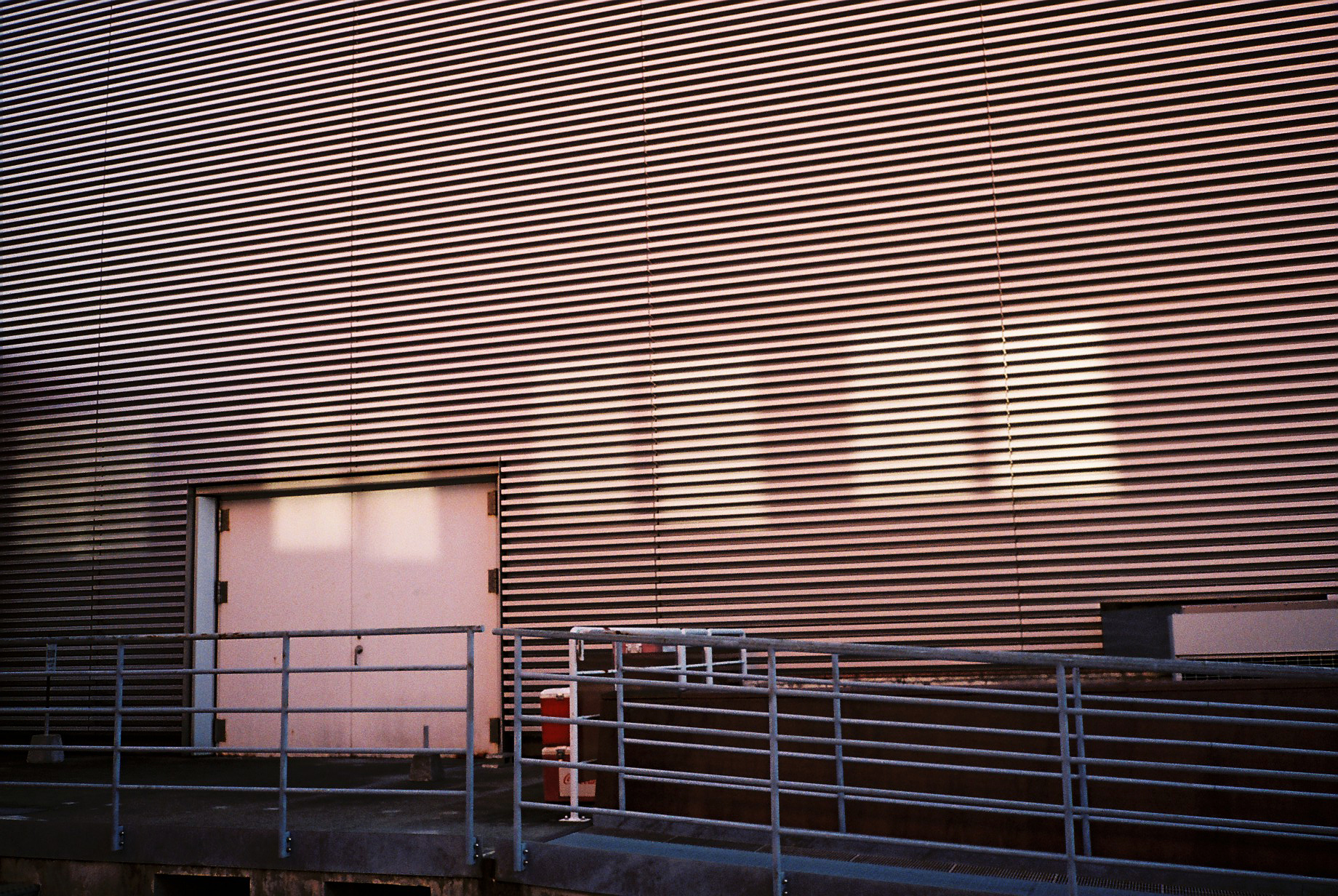
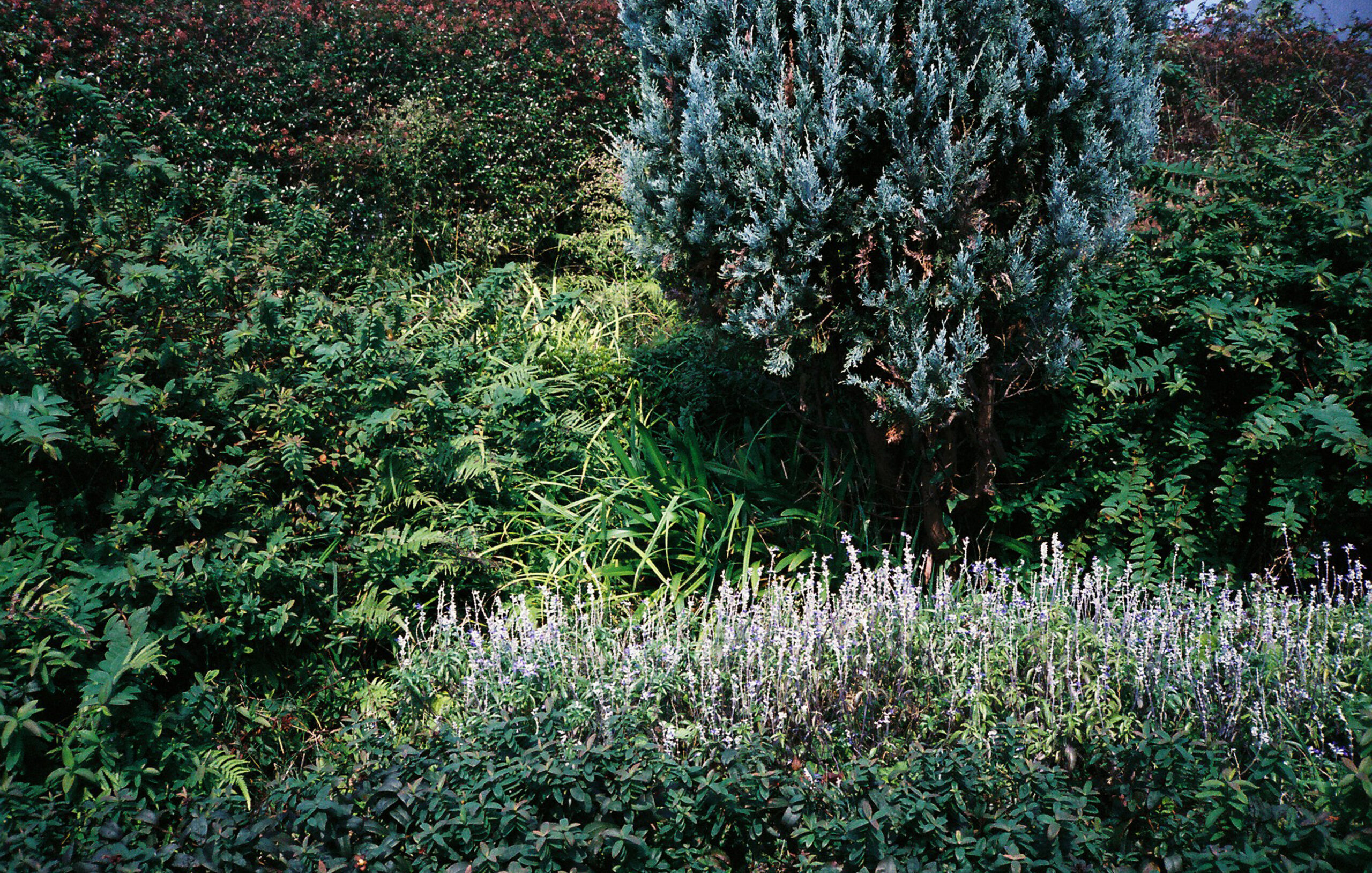

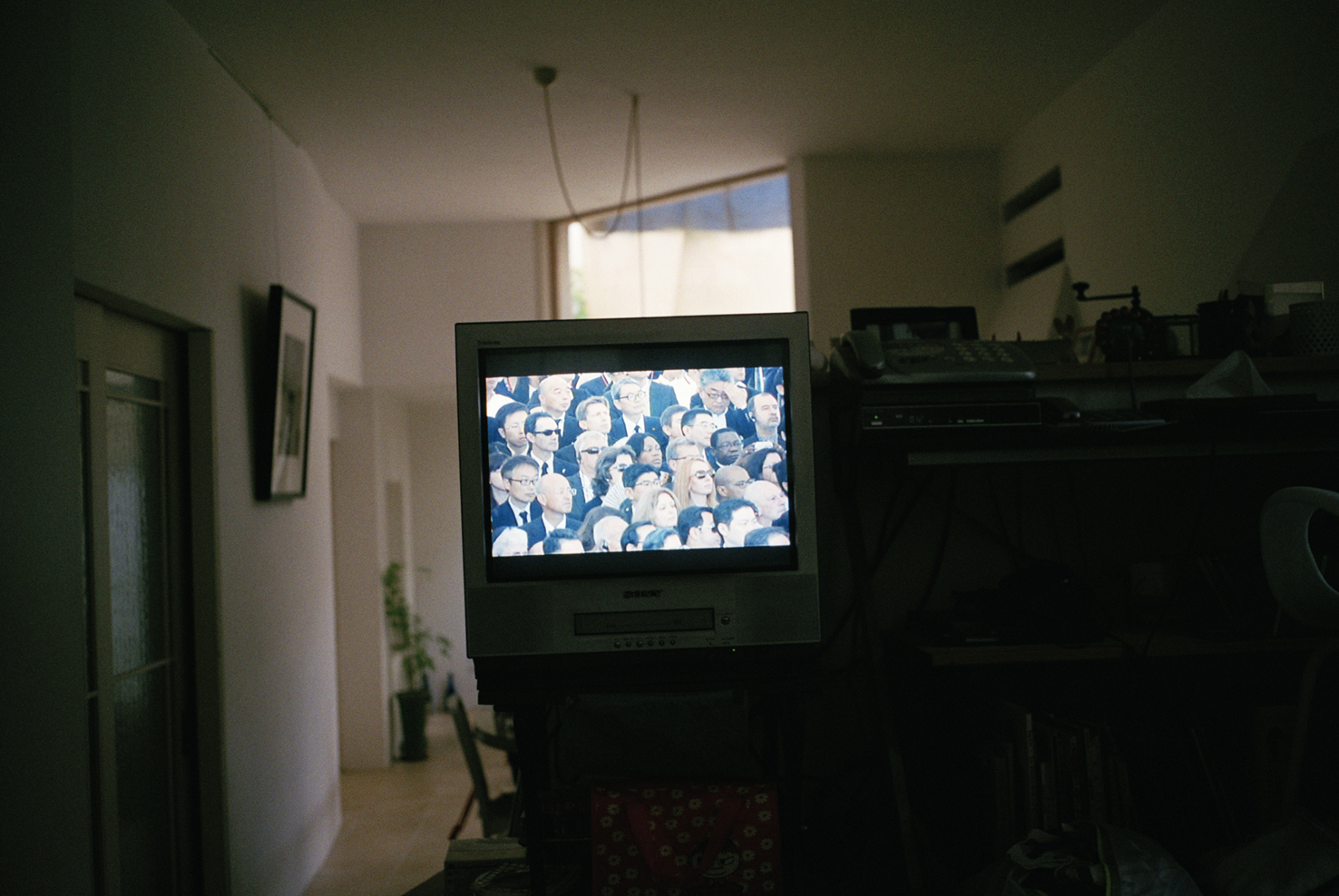
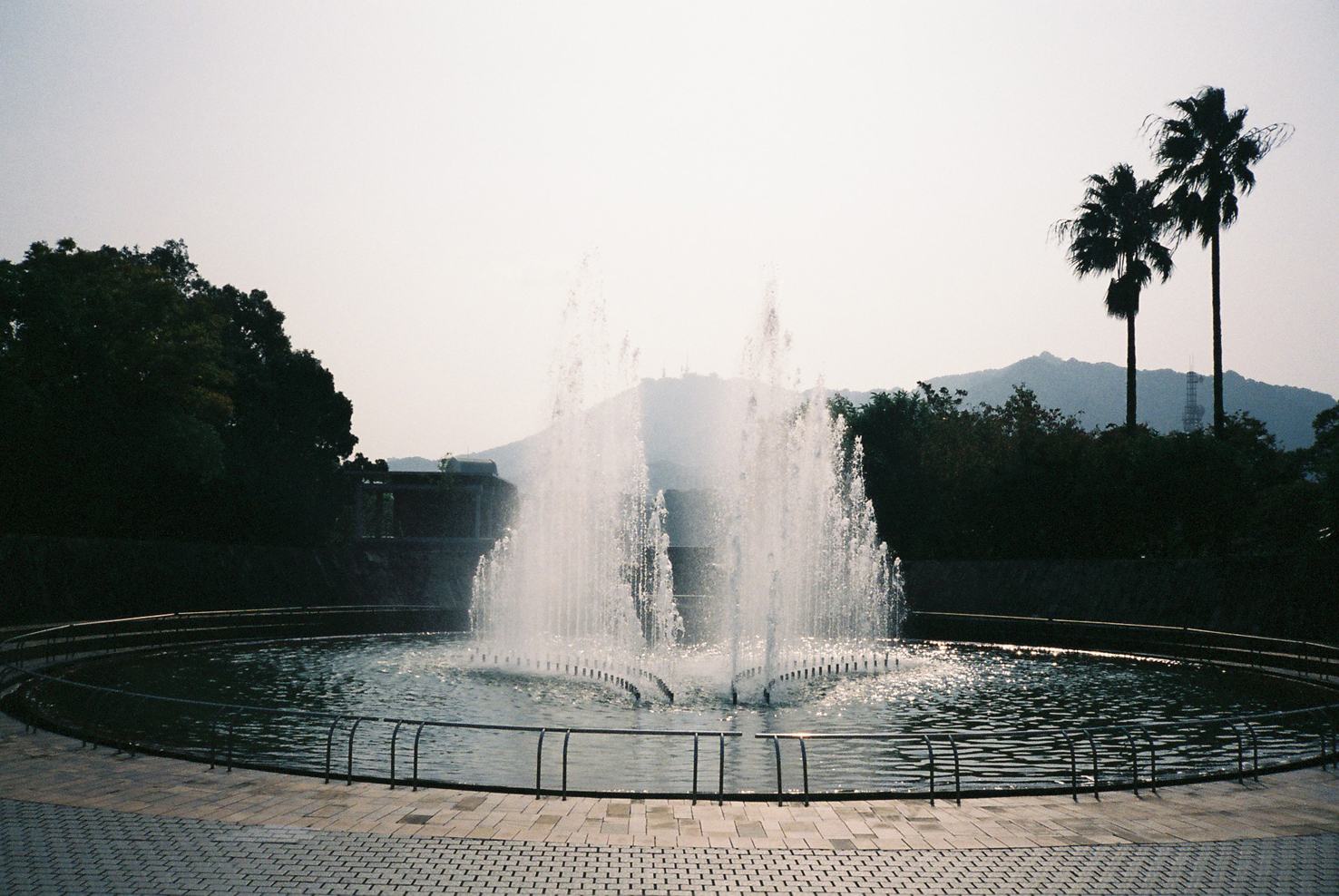

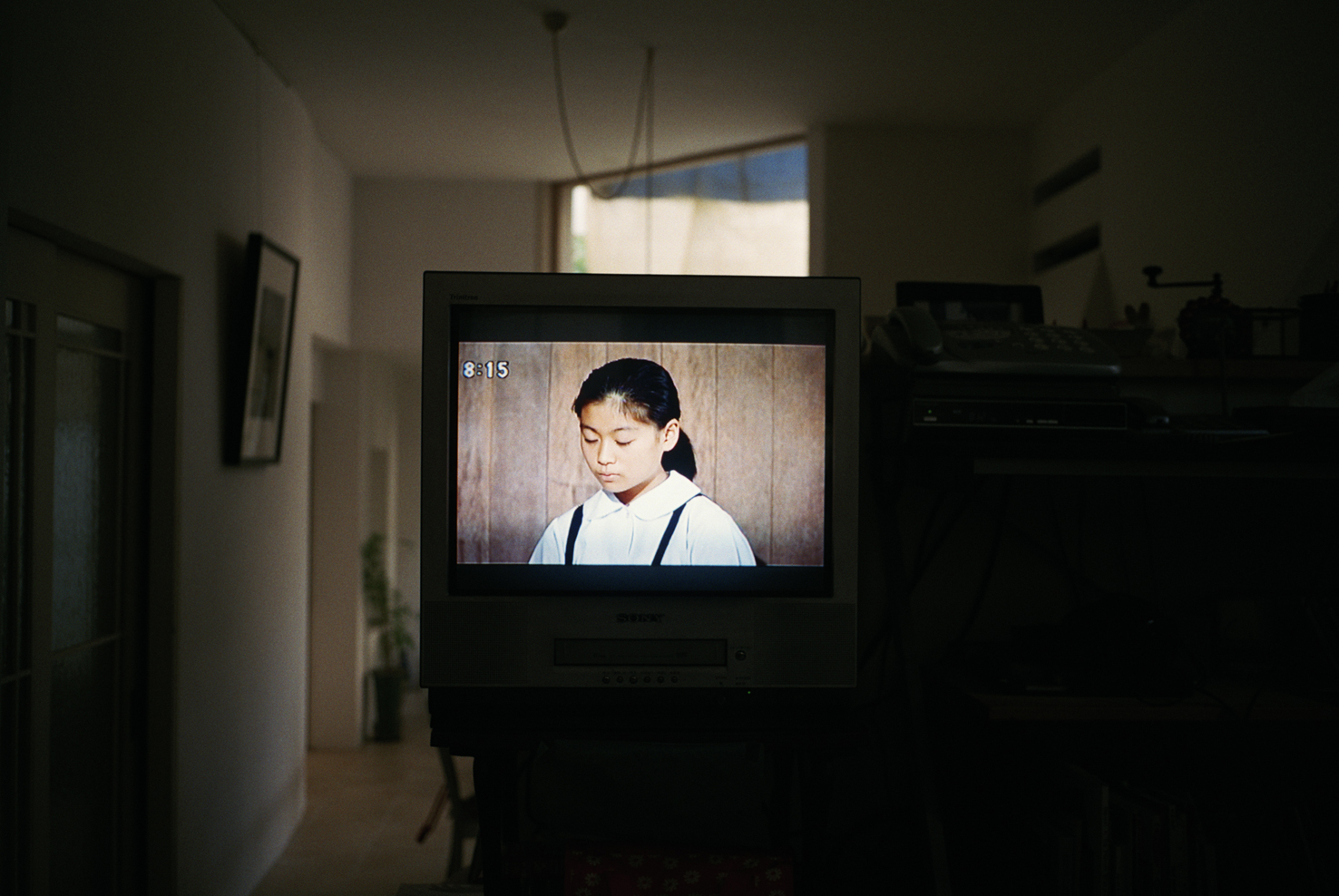
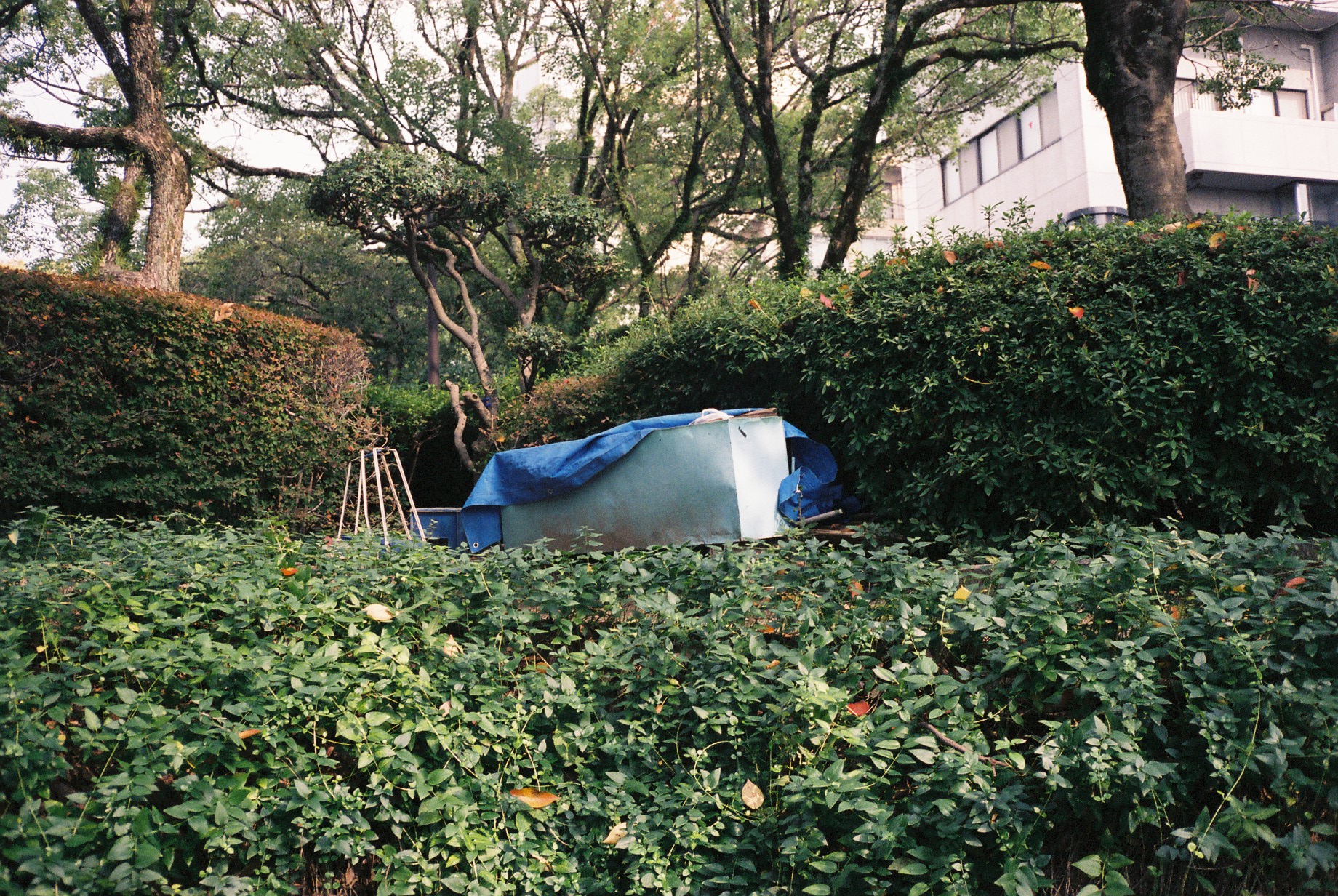
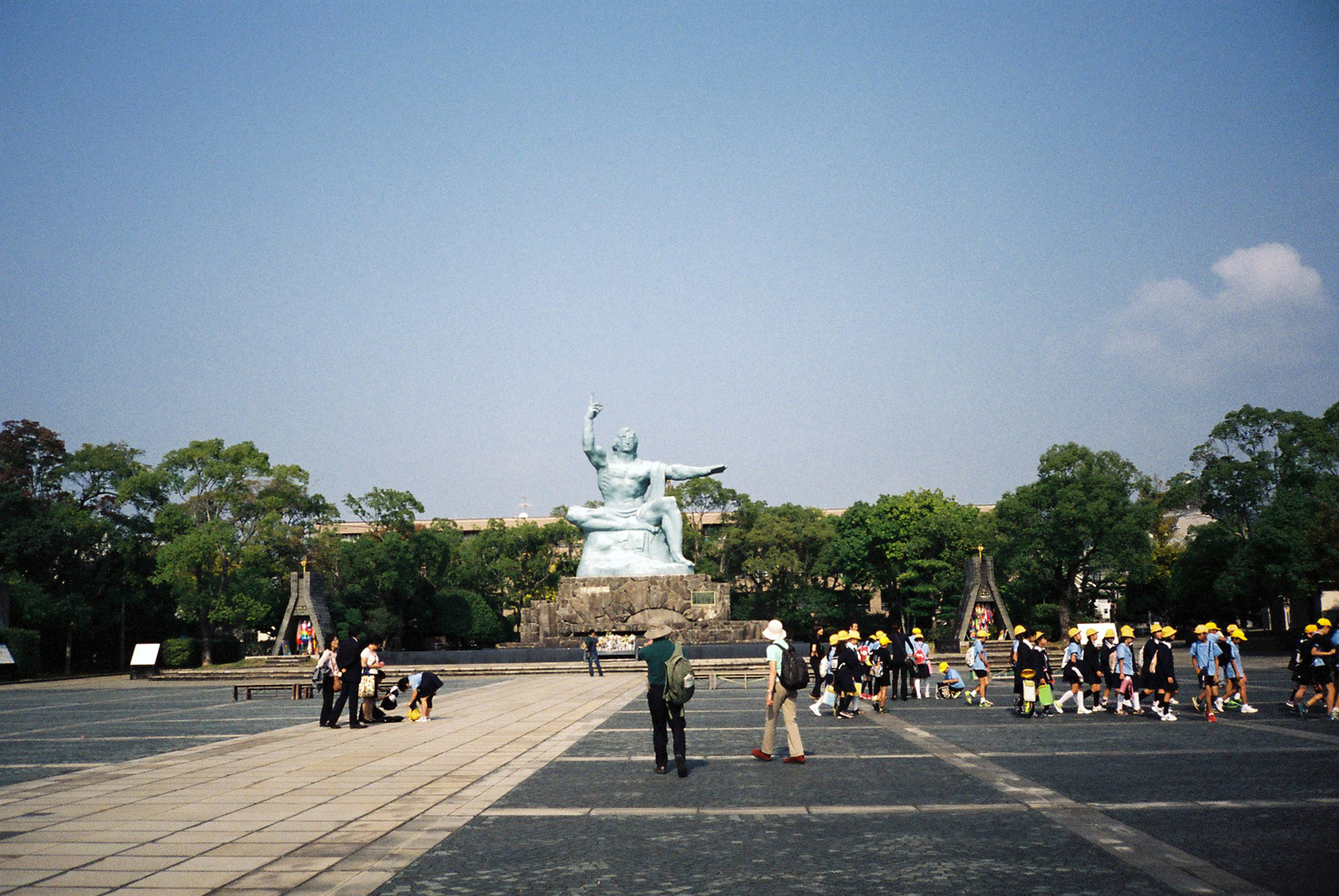
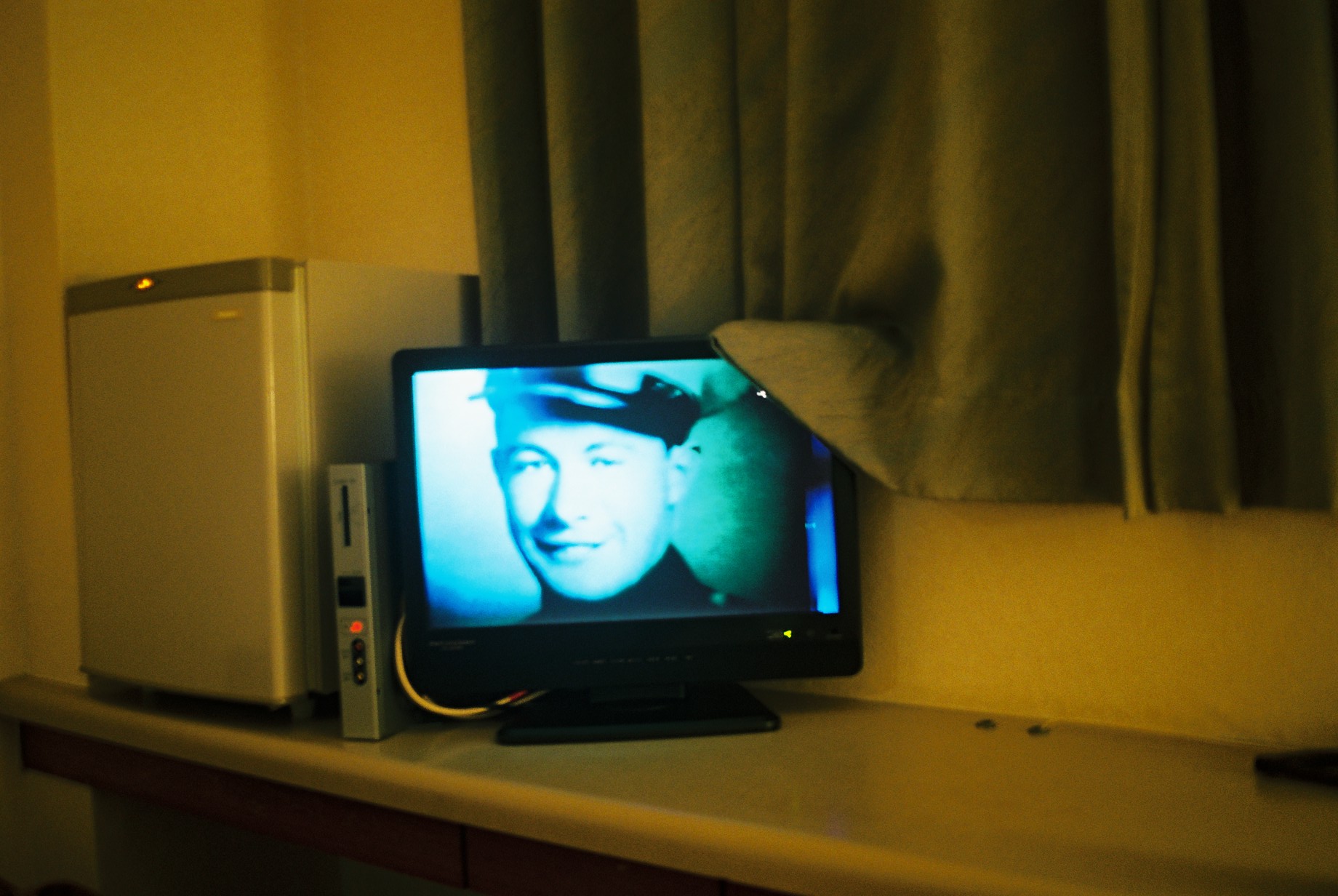
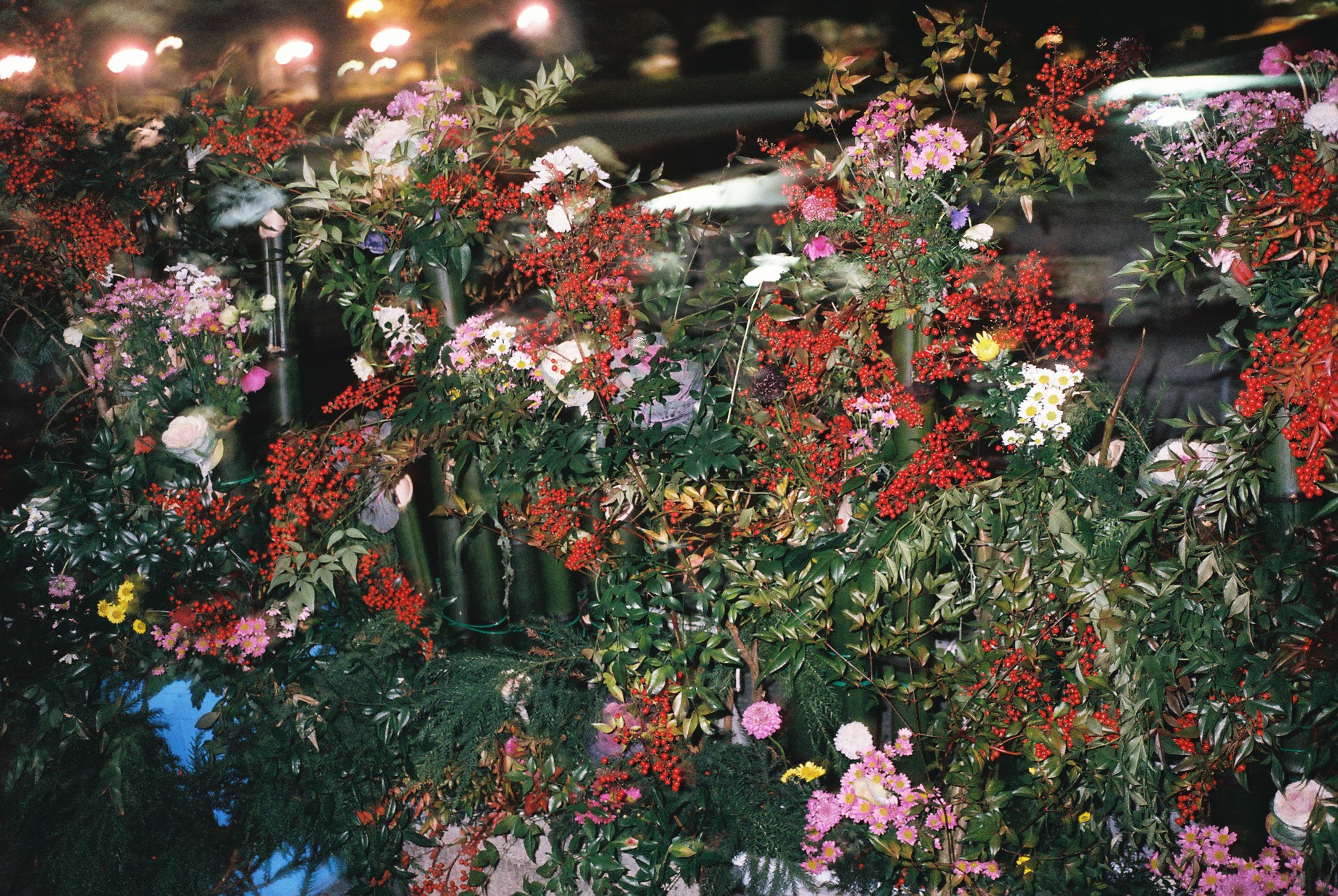
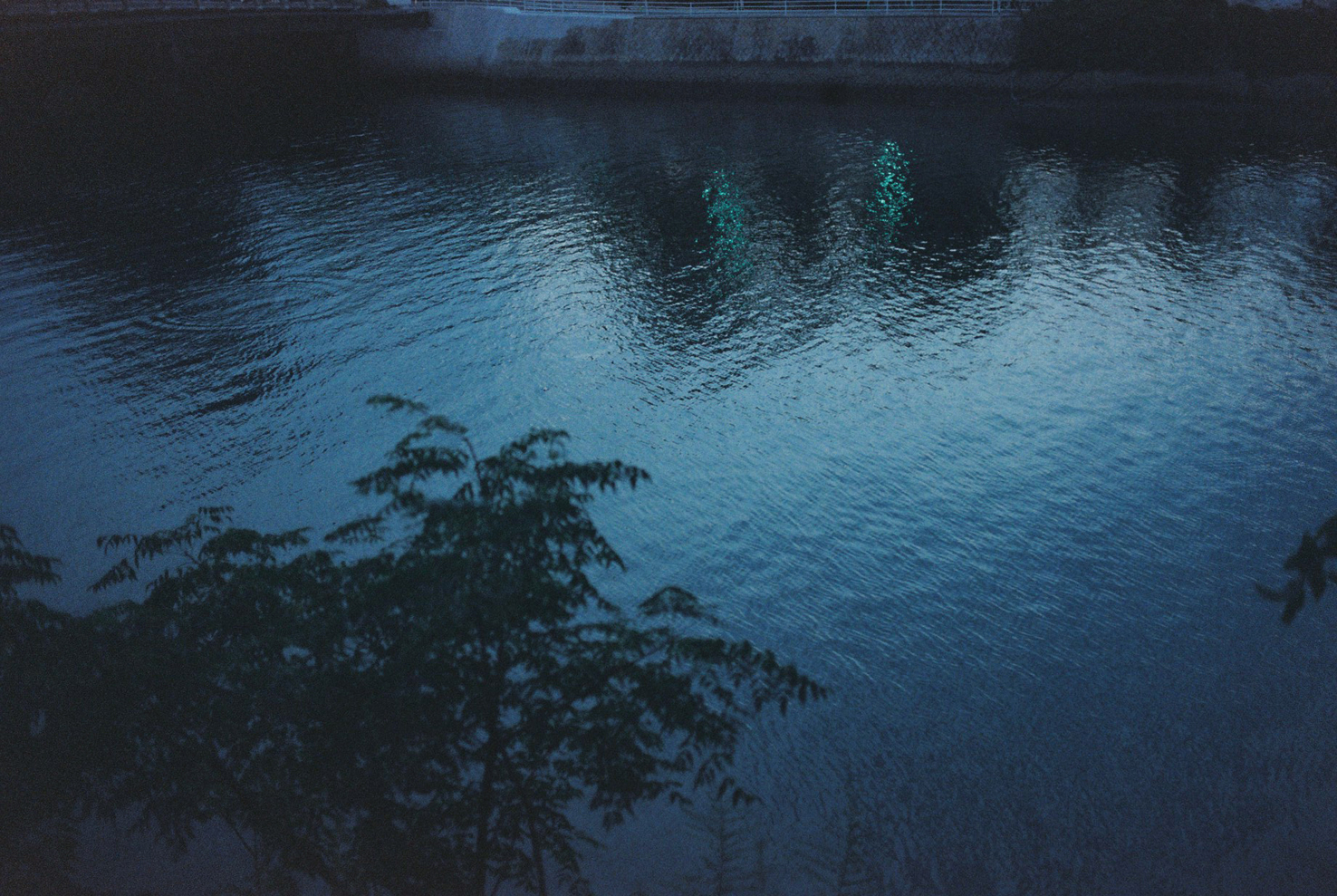
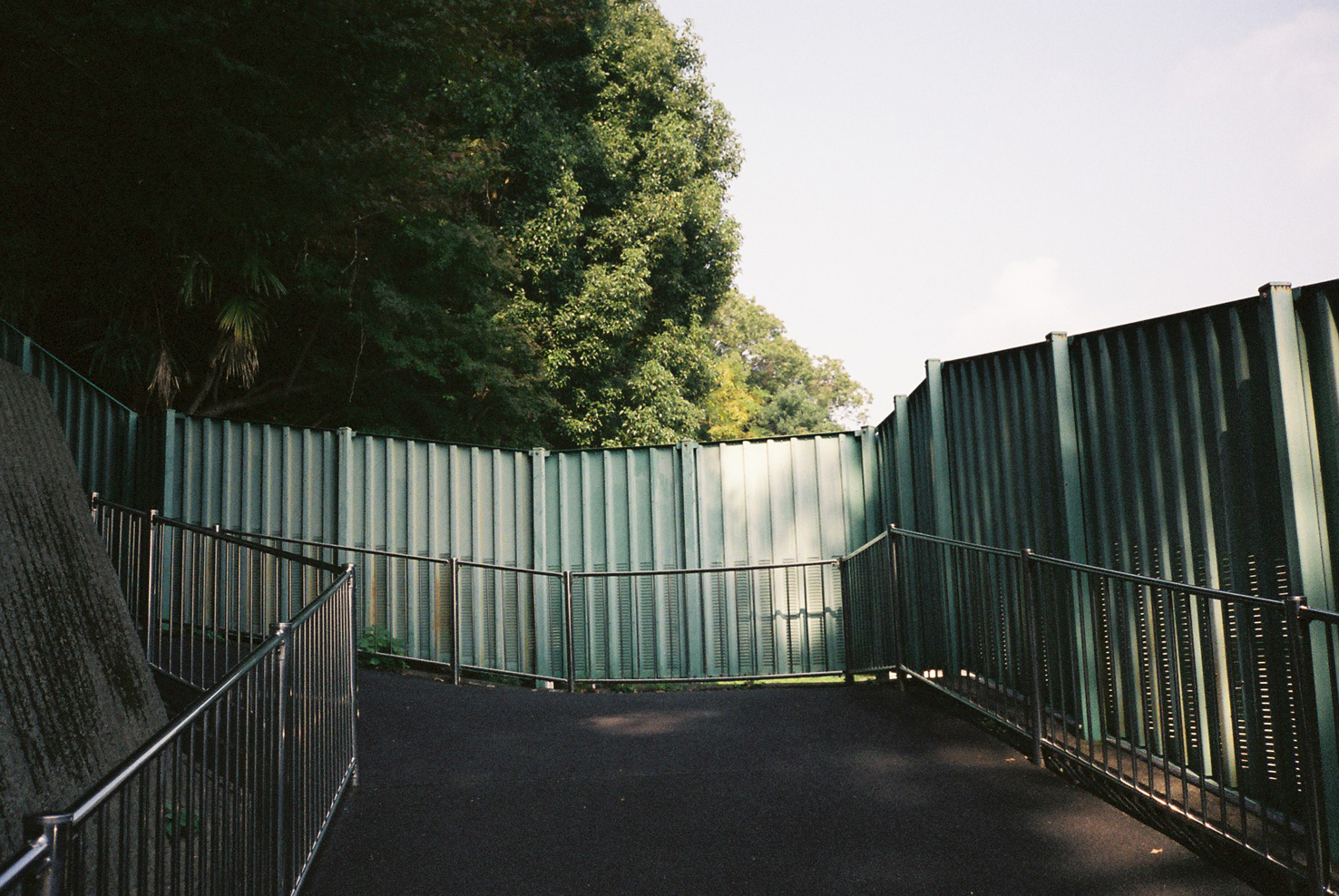
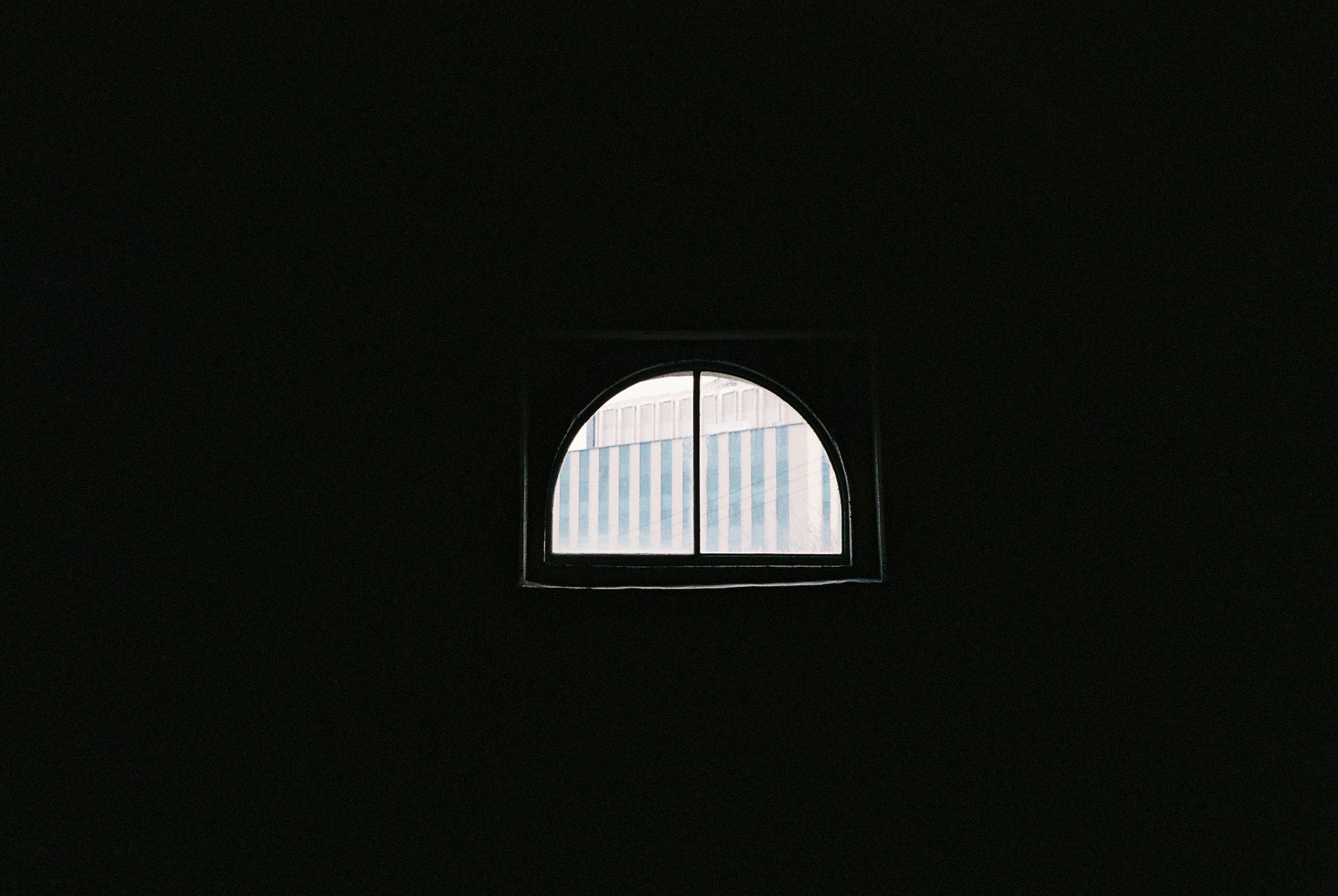
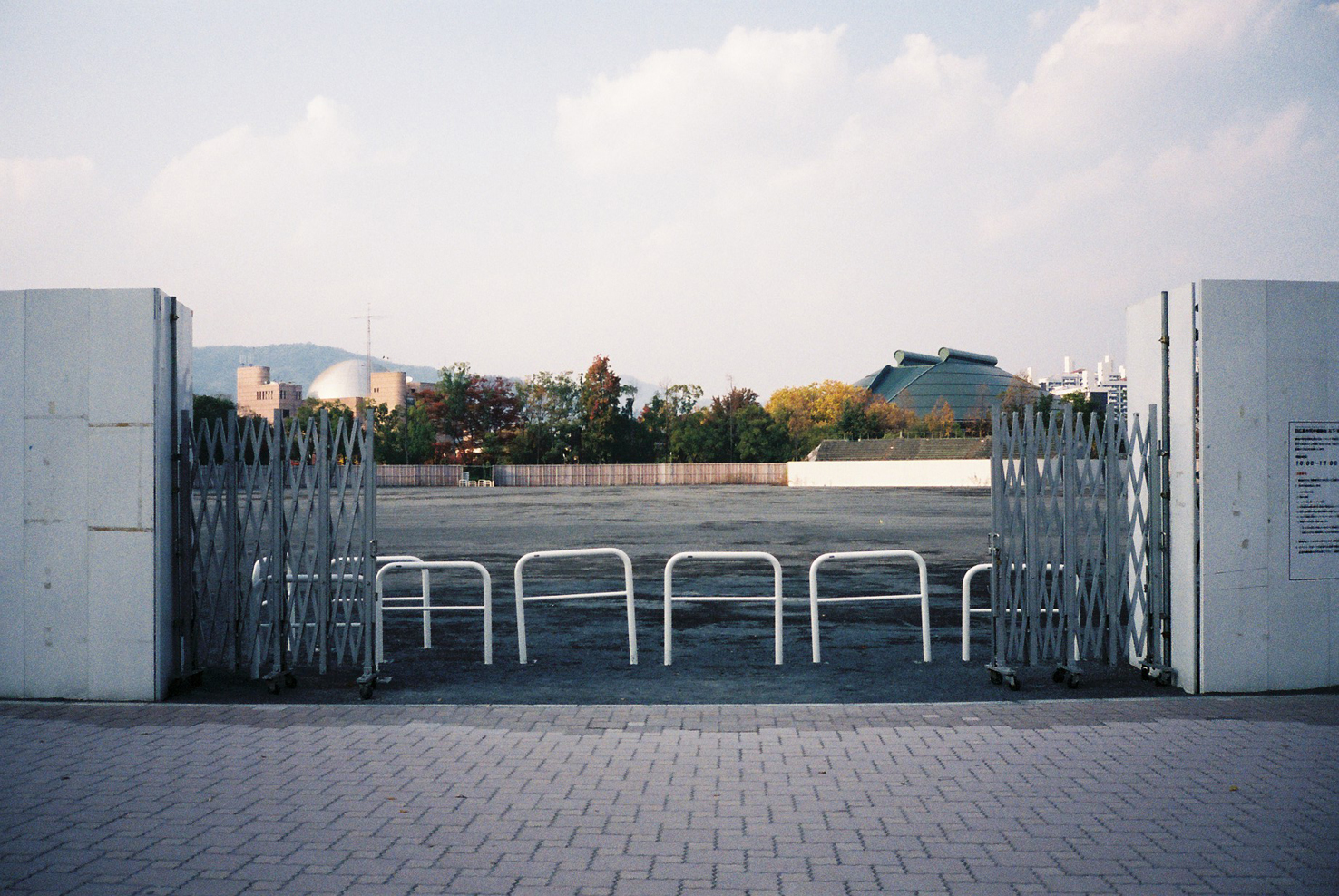
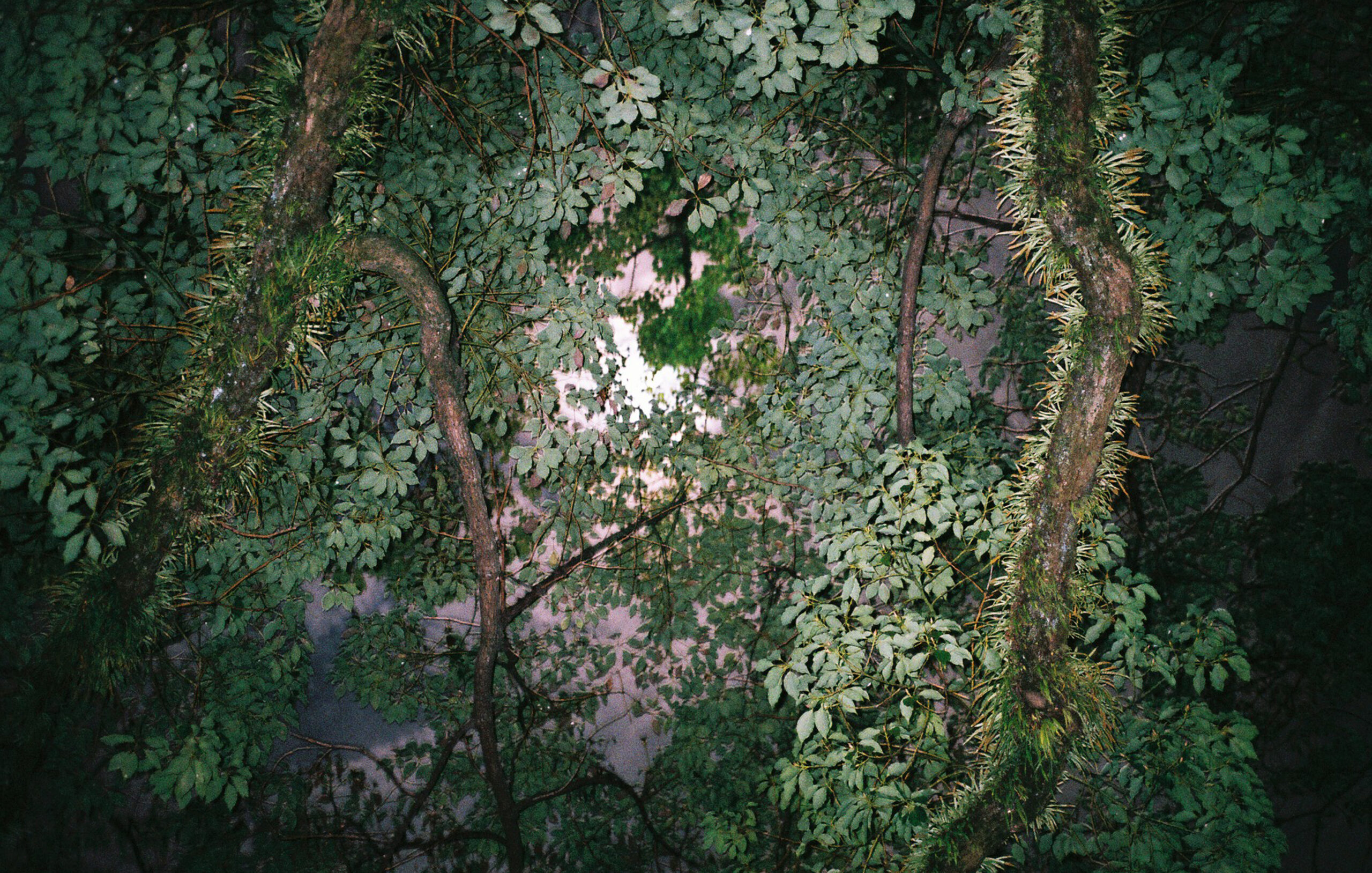
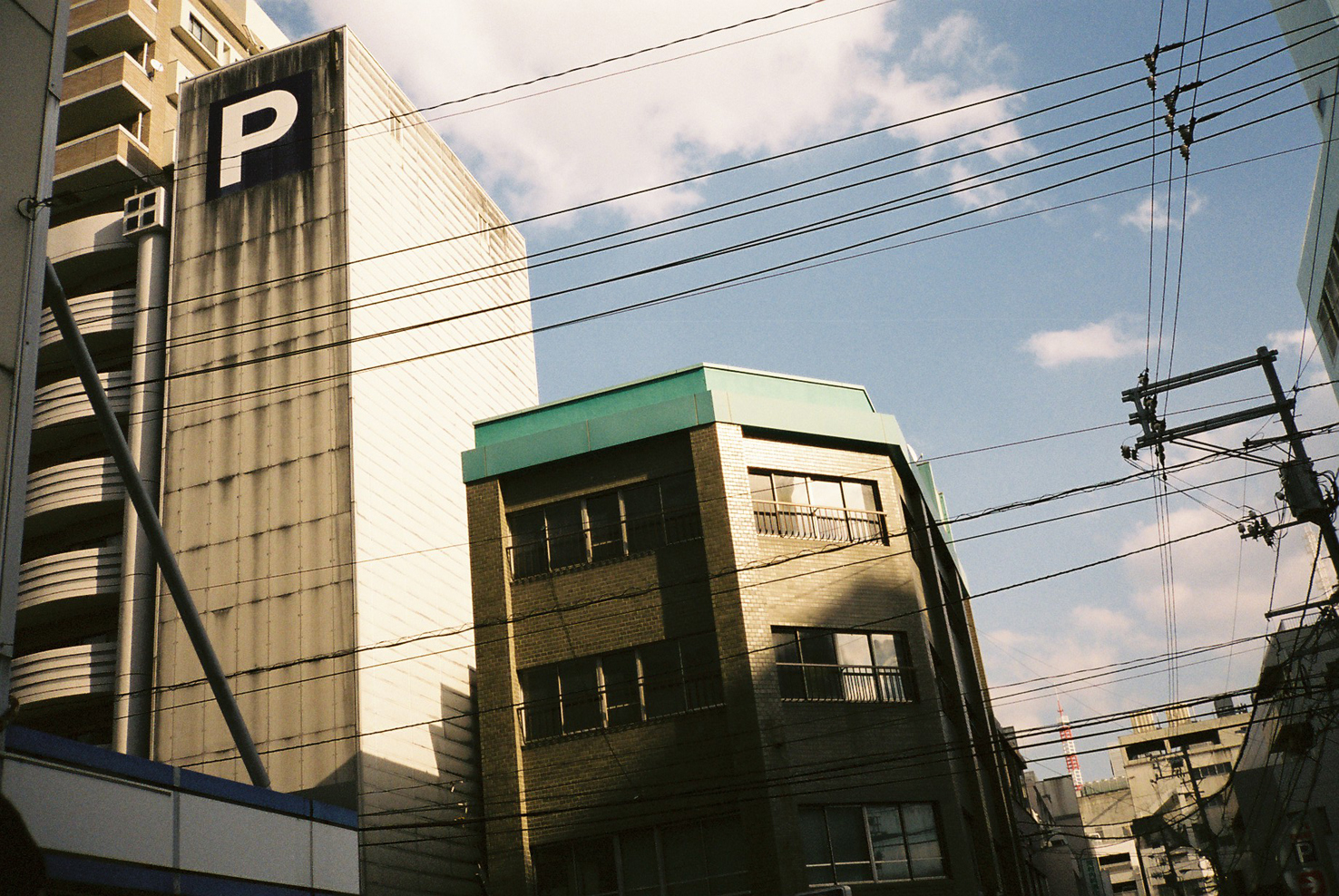
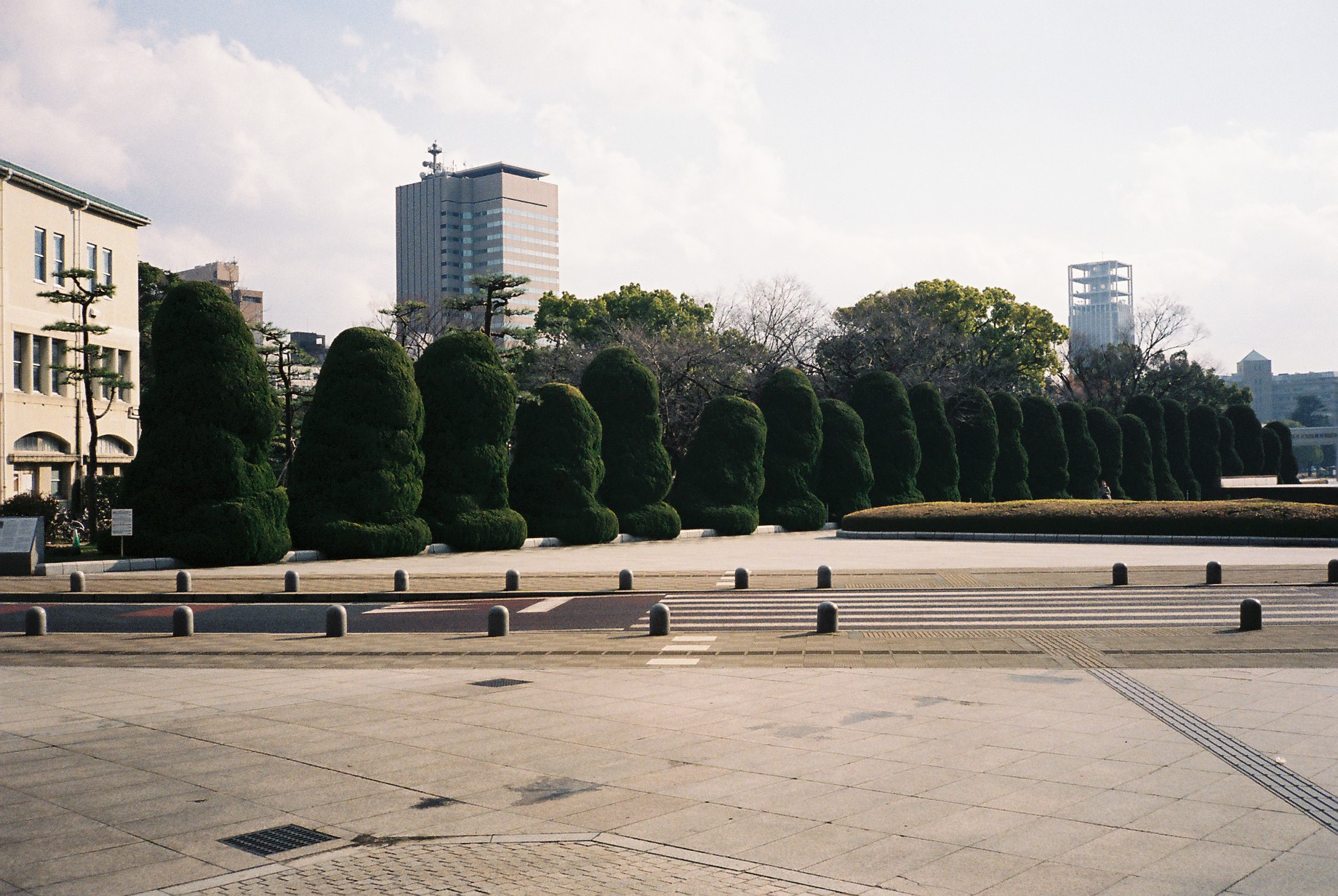
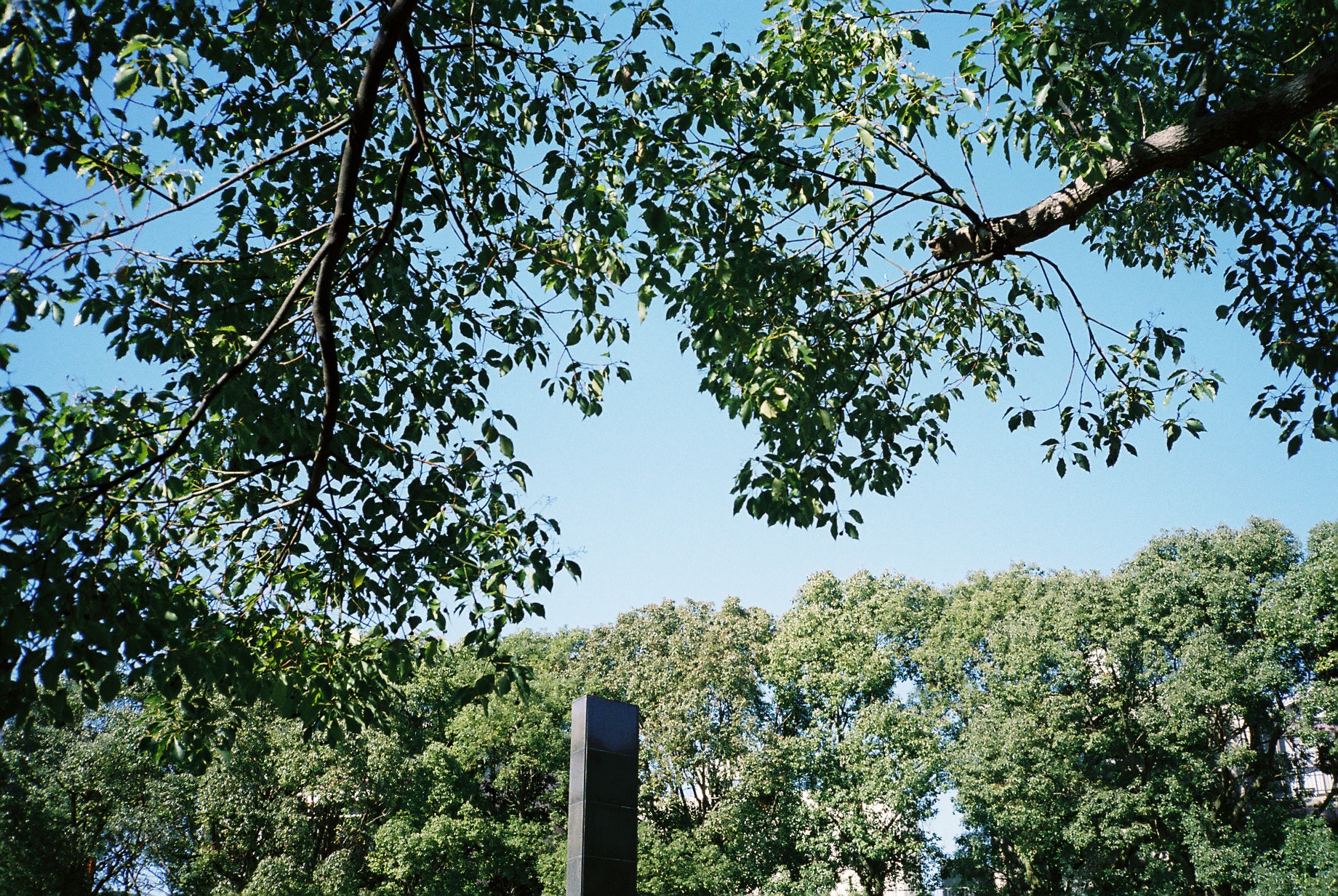
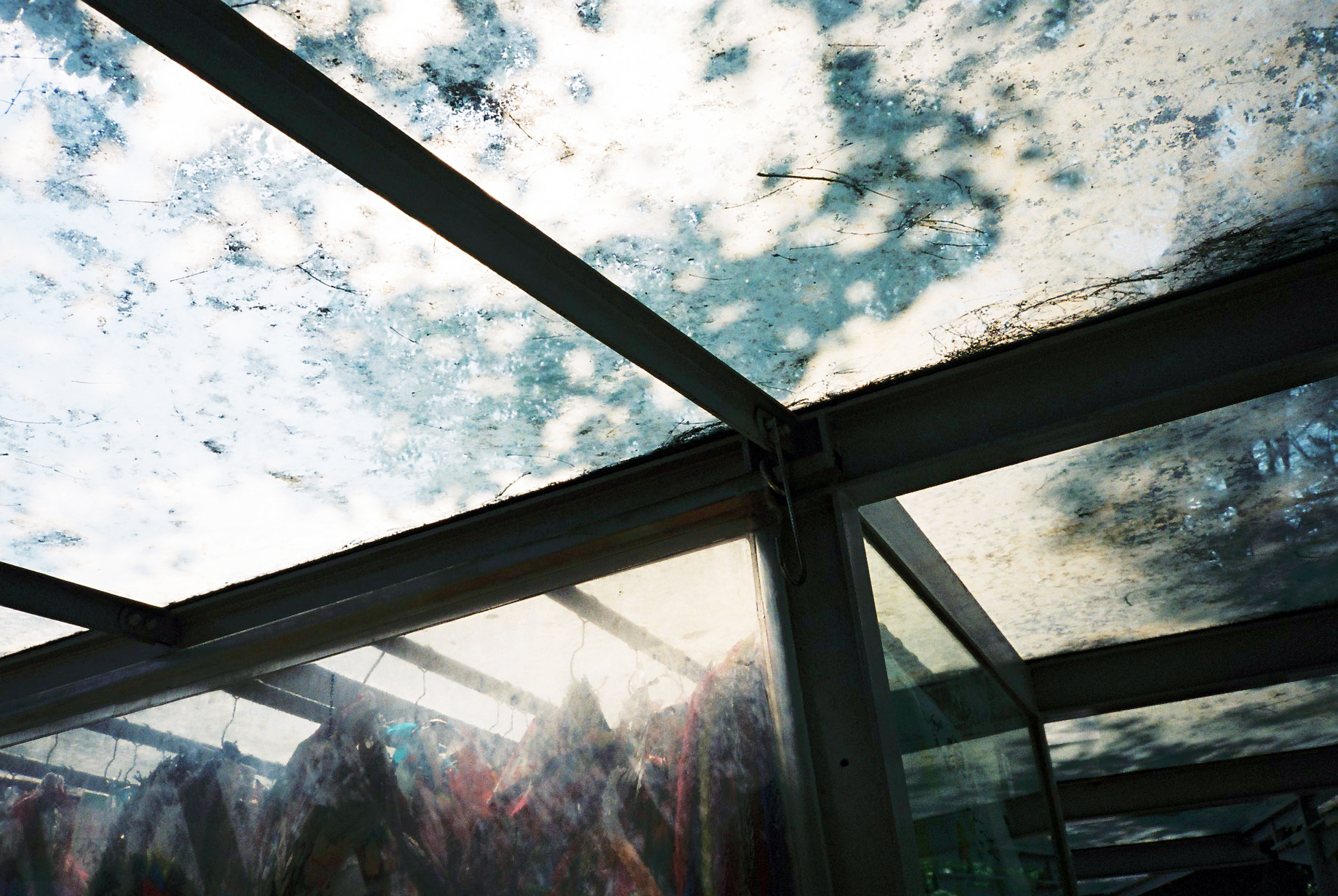

中学時代を過ごした長崎を訪れて、はじめは自分の痕跡を辿るように、あてもなく写真を撮り始めました。間もなく、それまで直接的には縁のなかった広島にも足を運ぶようになり、それ以来、二つの街へ定期的に通って撮影をしてきました。
私は、普段写真を撮るときと同じように歩き、写真を撮りためていきました。それが果たしてどこの街なのか、判別のつかないような写真も多くありました。
作品にするかどうかをずっと迷いながらも撮影を続け、数年が経ったある年の8月6日と9日、私は広島と長崎のどちらにもおらず、テレビの中継を通して両方の平和記念式典の様子を観ていました。そして、カメラを向け、シャッターを切りました。
暗い部屋にぼんやりとテレビの画面が浮かび上がったようなそれらの写真をあとで眺めていると、その場所にいなかったことや、画面を通して “遠くのどこか” を眺めていたことが、とても象徴的な出来事に感じました。自分が今いるところが、だれかにとっての “遠くのどこか” にもなり得ること。
以前、自分の写真について「何気ない風景は、それ自体が何気なく振舞っているわけではない」というようなことを書いたことがあります。すべての場所に言えるのは、そこは何かが起こった後であり、何かが起きる前だと。
広島と長崎の現在を記録することは、ひとつには、自分自身がどこかの場所に思いを巡らせ続ける為の方法として捉え、撮影を続けています。
私は、普段写真を撮るときと同じように歩き、写真を撮りためていきました。それが果たしてどこの街なのか、判別のつかないような写真も多くありました。
作品にするかどうかをずっと迷いながらも撮影を続け、数年が経ったある年の8月6日と9日、私は広島と長崎のどちらにもおらず、テレビの中継を通して両方の平和記念式典の様子を観ていました。そして、カメラを向け、シャッターを切りました。
暗い部屋にぼんやりとテレビの画面が浮かび上がったようなそれらの写真をあとで眺めていると、その場所にいなかったことや、画面を通して “遠くのどこか” を眺めていたことが、とても象徴的な出来事に感じました。自分が今いるところが、だれかにとっての “遠くのどこか” にもなり得ること。
以前、自分の写真について「何気ない風景は、それ自体が何気なく振舞っているわけではない」というようなことを書いたことがあります。すべての場所に言えるのは、そこは何かが起こった後であり、何かが起きる前だと。
広島と長崎の現在を記録することは、ひとつには、自分自身がどこかの場所に思いを巡らせ続ける為の方法として捉え、撮影を続けています。
- 作品ステートメントより -
When I visited Nagasaki, where I spent my junior high school days, I started taking photographs aimlessly, as if following my footsteps. Soon after, I started visiting Hiroshima, which I had no direct connection with before. Since then, I have been visiting both cities regularly to take photographs. I walked and took pictures as usual. In the end, there were many pictures where I couldn’t tell which town it was.
I wasn’t sure whether to show these photographs as my work. Then, one year, I happened to see TV broadcasts of the Peace Memorial Ceremonies in both Hiroshima and Nagasaki, on August 6 and 9. I wasn’t in either city. But I picked up my camera and clicked the shutter.
When I looked at those pictures afterwards, it seemed like the TV screens were vaguely floating in a dark room. I thought it was quite symbolic that I wasn’t there, and that I was looking at “somewhere in the distance” through the screen. The place where you are now can also be “somewhere in the distance” for another person.
In the past, I wrote about my photographs that “a casual landscape does not itself behave casually.” All places can be said to be both after something happened and before something happened.
Recording the current state of Hiroshima and Nagasaki is, in part, a method for me to keep turning over my thoughts about certain places; I continue to shoot.
I wasn’t sure whether to show these photographs as my work. Then, one year, I happened to see TV broadcasts of the Peace Memorial Ceremonies in both Hiroshima and Nagasaki, on August 6 and 9. I wasn’t in either city. But I picked up my camera and clicked the shutter.
When I looked at those pictures afterwards, it seemed like the TV screens were vaguely floating in a dark room. I thought it was quite symbolic that I wasn’t there, and that I was looking at “somewhere in the distance” through the screen. The place where you are now can also be “somewhere in the distance” for another person.
In the past, I wrote about my photographs that “a casual landscape does not itself behave casually.” All places can be said to be both after something happened and before something happened.
Recording the current state of Hiroshima and Nagasaki is, in part, a method for me to keep turning over my thoughts about certain places; I continue to shoot.
- from the statement -